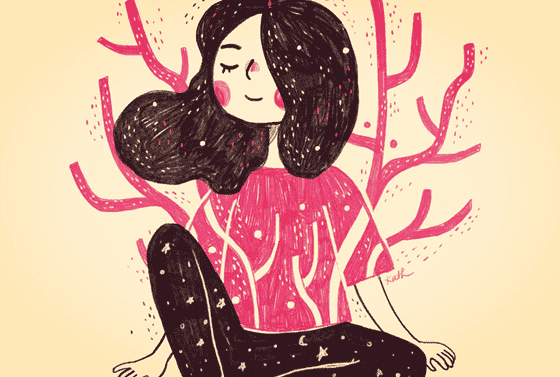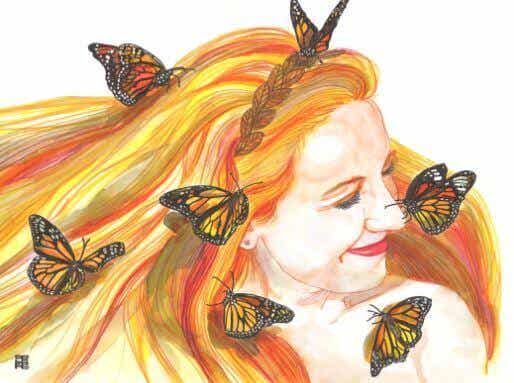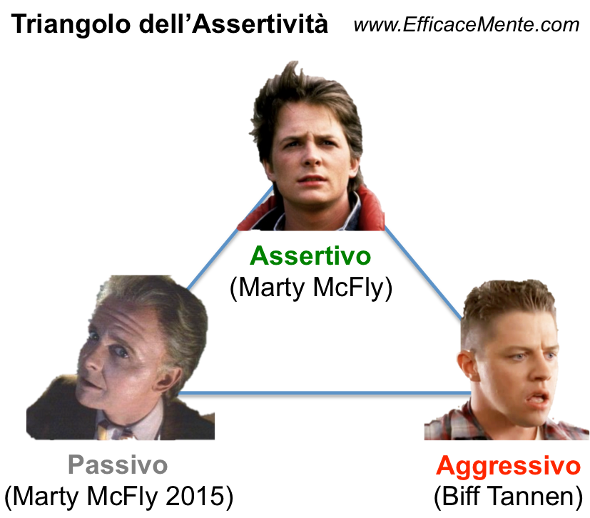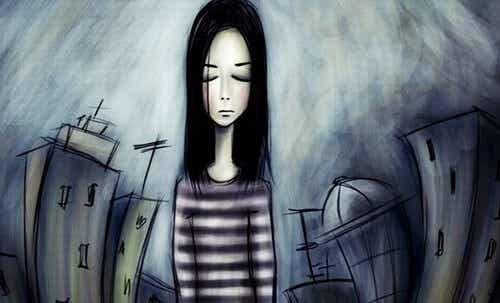Have you ever silenced your opinions because they are different from the majority around you? The spiral of silence theory defines a very common reality in our society.

Last update: January 04, 2022
The spiral of silence defines a behavior in which someone (a minority) chooses to remain silent for fear of being opposed by the dominant group (the majority).
If we think about it, we have all experienced this social phenomenon. It is the buried restlessness that one feels when one perceives that one's point of view is different from that assumed by the rest of the surrounding environment.
A curious fable by Hans Christian Andersen is an example of this theory. Two weavers appear before a powerful emperor and his court. They explain that they made the most beautiful clothes in the world, one whose fabric is visible only to intelligent people.
These two weavers were swindlers who went from kingdom to kingdom deceiving the unwary. Nevertheless, they managed to deceive everyone, because no one had ever dared to tell them not to see anything. So when the emperor put on those non-existent robes, everyone praised them even though all they saw was his nakedness.
The fear of being marginalized, rejected and of being the voices out of the chorus inevitably leads to the spiral of silence so common in our society.
“Half of the world has something to say, but it cannot speak; the other half has nothing to say, but is not silent. "
-Robert Frost-
What is the spiral of silence?
The spiral of silence it is a theory that has its origins in mass communication and political science. It was proposed by the German political scientist Elisabeth Noelle-Neumann in 1977, as a result of her successful book The Spiral of Silence. For a theory of public opinion.
The purpose of this paper was to understand why some people choose to remain silent about certain opinions, events, or experiences in front of groups who sense they will not share them.
The first answer that can come to mind is "fear". Because many of us frequently witness this dynamic in the workplace.
For example, in the case of harassment, many prefer to remain silent out of fear of group pressure, of losing their job or, even more so, of being the next to suffer such intimidating behavior.
Noelle-Neuman explained that the spiral of silence it is actually fueled by two fears: isolation and rejection.
One of the most studied theories in communication psychology
The spiral of silence theory tells us that most likely we are willing to communicate our views if we believe they coincide with those of the majority.
On the other hand, if we feel that what we feel or think is not in line with what others share, it is common not to say anything. Do not express yourself and take refuge in silence.
This recurring reaction between social groups has always been the subject of study by the psychology of communication. Thus, more recent studies, such as those conducted by the University of Vienna, indicate interesting data.
People who feel part of the majority perceive themselves as more dominant. Following this, their views become strong and persistent. The funny thing is that these opinions of the great mass are not always true or consistent.
However, it is enough for a large group to defend an idea for that approach to become predominant. Although there is a minority who think differently and choose to remain silent.
Most of us want to feel accepted and respected by others. Sometimes this leads us to have to pretend to agree with the opinions of others. Even if within ourselves we defend the opposite.
Is the spiral of silence a reflection of our cowardice? Absolutely no!
At this point it is possible to assume that the spiral of silence is a reflection of our cowardice. Nothing further from reality. Pretending to agree with the majority is a reflection of our survival instinct.
Political scientist Noelle-Neumann explained that we have a sixth sense. This internal radar allows us to probe the climate of opinion in the environment to meditate on our actions and responses. If we perceive that there is a dominant opinion, in most cases we will adapt to it.
Entering the spiral of silence responds to our fundamental need not to feel isolated, as well as to prevent confrontations. Let us remember once again that human beings are social creatures and few things are as traumatic as being rejected, living in isolation… or being attacked.
The greater the gap between our opinion (minority) and that of others (majority), the greater the likelihood that we will resort to silence or, worse, approach the great mass.
The power of the media to manipulate our social perception
The media and advertising are great harassers and shapers of the spiral of silence. Let's think about it. Social networks are now our window to see and understand the world. It is very common for opinions to flow into this digital scenario and suddenly become the majority.
We see messages and news going viral and influencers defend certain points of view as well. Suddenly, that sixth sense that Noelle-Neumann called a quasi-statistical body realizes that the climate of opinion is moving in a marked direction. What if we dared to present a completely opposite point of view?
We would most likely be victims of harassment on social networks. For this reason, on many occasions, we choose to fall into that spiral of silence which, like the three wise monkeys of Confucius, choose not to see, not to hear and to be silent.
However, let's keep this in mind: there are times when it is worth taking the risk. We try to be a solitary voice in the midst of the great mass, because in the end it pays to be consistent with our principles and values.


























